
Lot 110
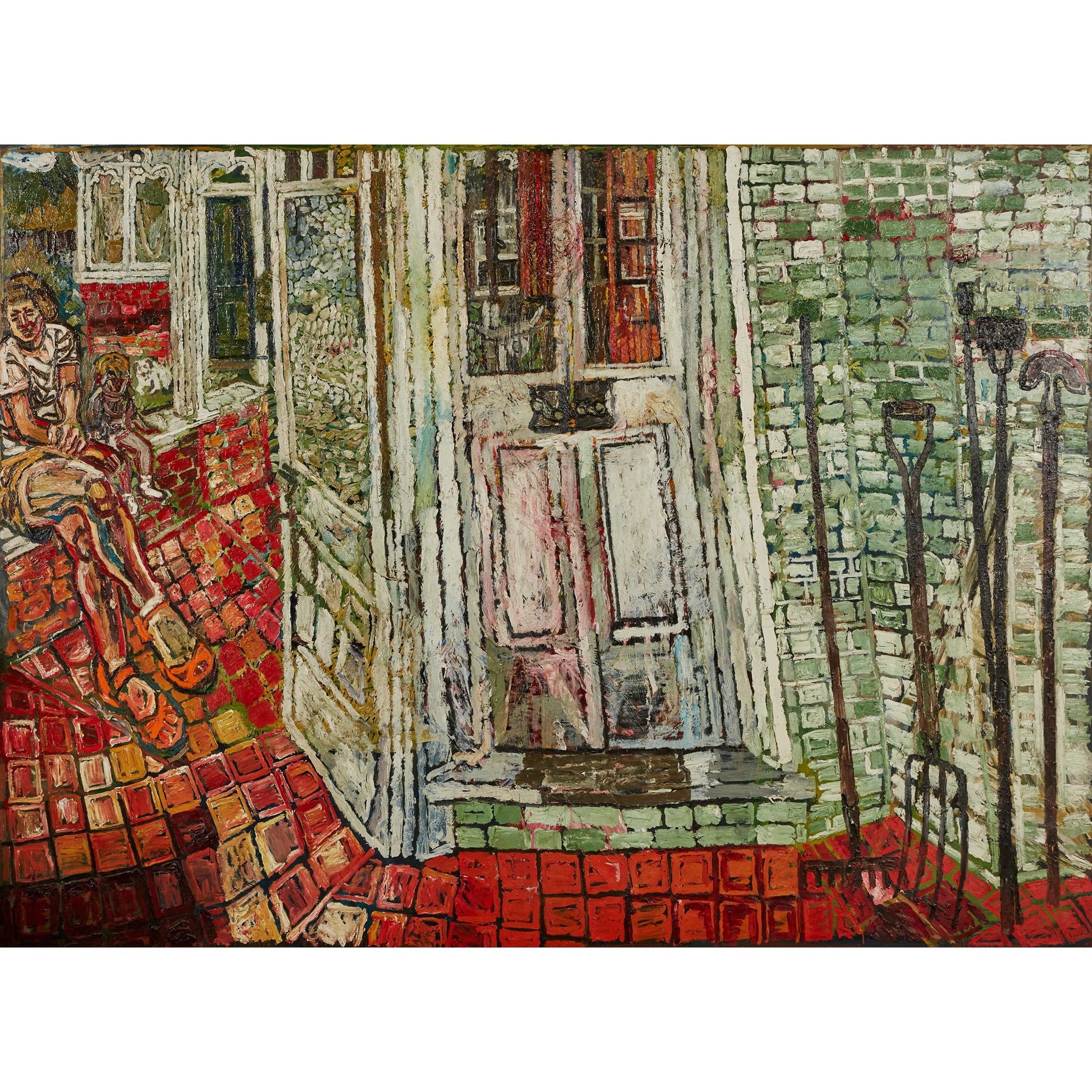
JOHN BRATBY (BRITISH 1928-1992) §
UNTITLED (FOR 'THE HORSE'S MOUTH'), 1958
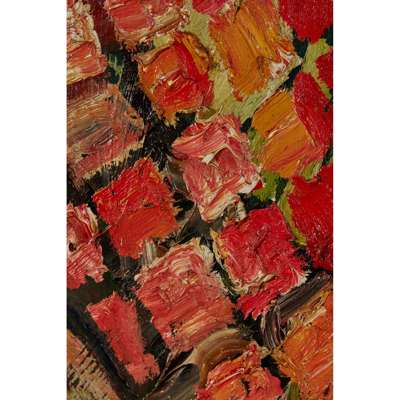

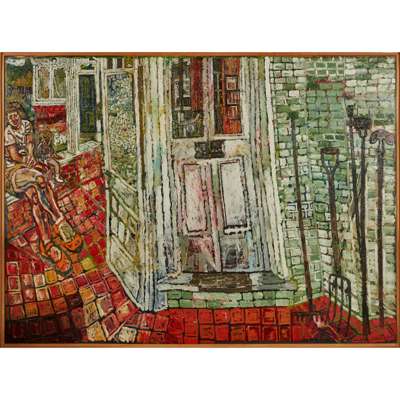
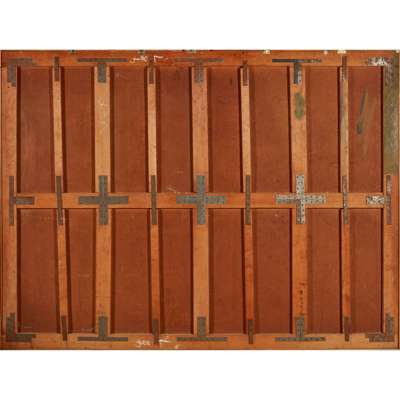


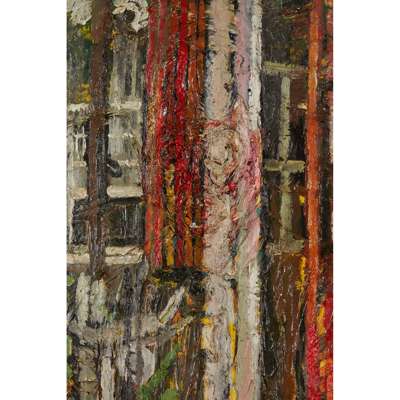


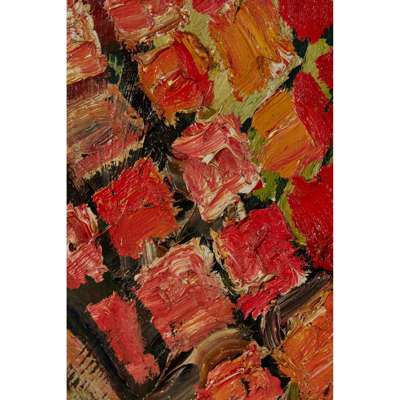
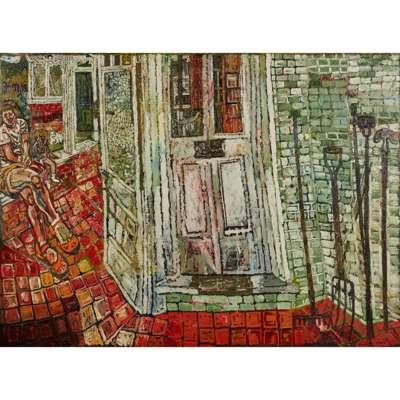

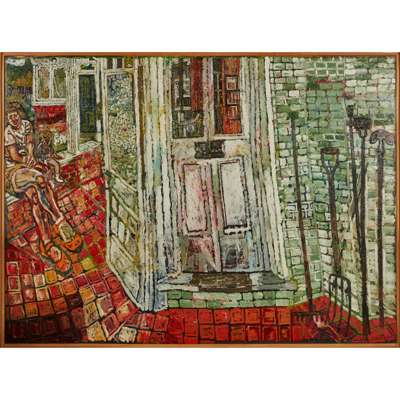
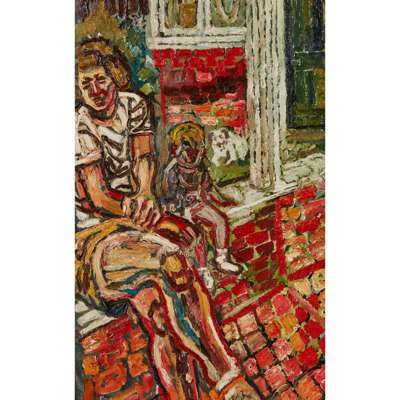
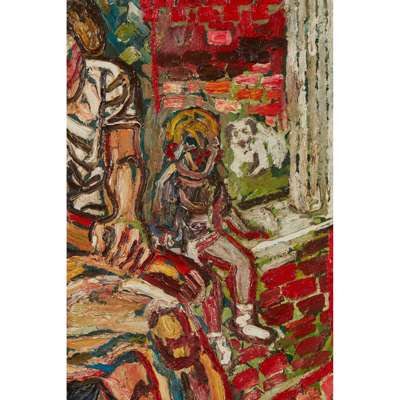
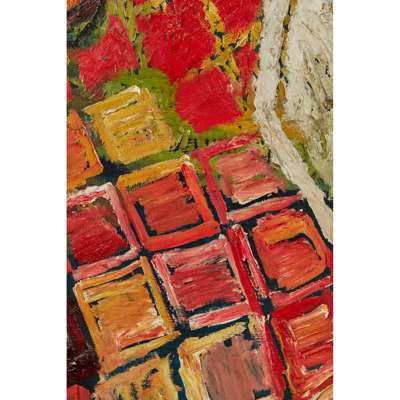

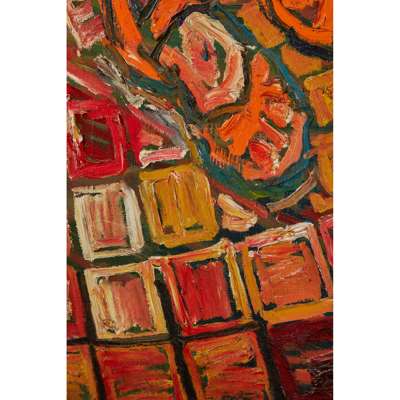


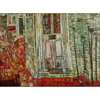
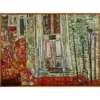
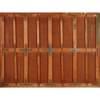
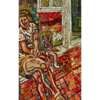

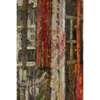

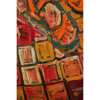

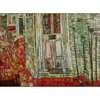
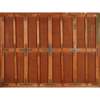
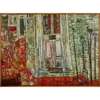
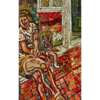
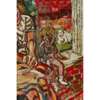
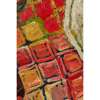


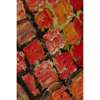
Contemporary & Post-War Art // Prints & Multiples
Auction: Contemporary & Post-War Art: 06 April 2022 | From 11:00
Description
Oil on board
Dimensions
180cm x 240cm (71in x 94.5in)
Provenance
Provenance: Purchased directly from the artist; purchased privately by present owner
Footnote
Note: “He lends his talent to the tradition of English artists, from William Blake to Stanley Spencer, who wanted to connect the visionary with the vulgar” - Criterion
Bratby was the brilliant, if problematic, breakout star of the so-called ‘Kitchen Sink’ or “New Realist” artistic genre; a movement born out of the grey rubble and grinding drabness of post war Britain which encompassed painting, film and literature.
Whilst studying at the prestigious Royal College of Art in the early 1950s, his teacher Carel Weight described him as the most talented student he had ever had. Fame came swiftly and explosively to Bratby (buoyed by the public’s fascination with rumours of his unconventional and bohemian personal life), and soon after graduation he became a regular exhibitor at the Royal Academy as well as the recipient of one-man exhibitions with Beaux Arts Gallery, London. In 1956 he represented Britain at the Venice Biennale.
In 1958, the same year the artist shared the British Guggenheim Award with Ben Nicholson, Bratby was commissioned to produce large scale paintings for the film The Horses Mouth based on Joyce Cary's novel. Alec Guinness played Gully Jimson, an eccentric figurative painter, with Guinness taking direct inspiration for the role from Bratby, who he observed at work in his studio. Guinness went on to win Best Actor at the Venice International Film Festival for his role.
The present work is part of a group of paintings associated with the film and the following solo exhibition which was held in New York at The French Gallery on 987 Madison Avenue; Bratby's first in New York. It bears close similarities with the piece ‘The Greenhouse’, sold in Christie’s in 2020. It is on the large scale typical of this period, and features the artist’s trademark lurid colour palette, heavy impasto and focus on the textures and patterns of the urban and architectural environment; from the red terracotta floor tiles to the bricking of the terrace walls, which take compositional precedence over mother, child and dog seen receding into the left of the painting. It is perhaps no wonder he attracted the attention of a film producer, as his work has a strikingly cinematic, almost fisheye lens panoramic perspective.
Despite remaining a prolific painter (attracting the great and the good to his studio in their droves), and later also a writer, this first decade of his career arguably remains the zenith of his achievements, and it is with great pleasure that Lyon & Turnbull present this scarce example of the period to market.
“In conclusion I would say that I do not love people. In fact I may lean to misanthropy, though people fascinate me. And I’ve devoted most of my Painting Life to them. After all they are what life is about.” – John Bratby.






































